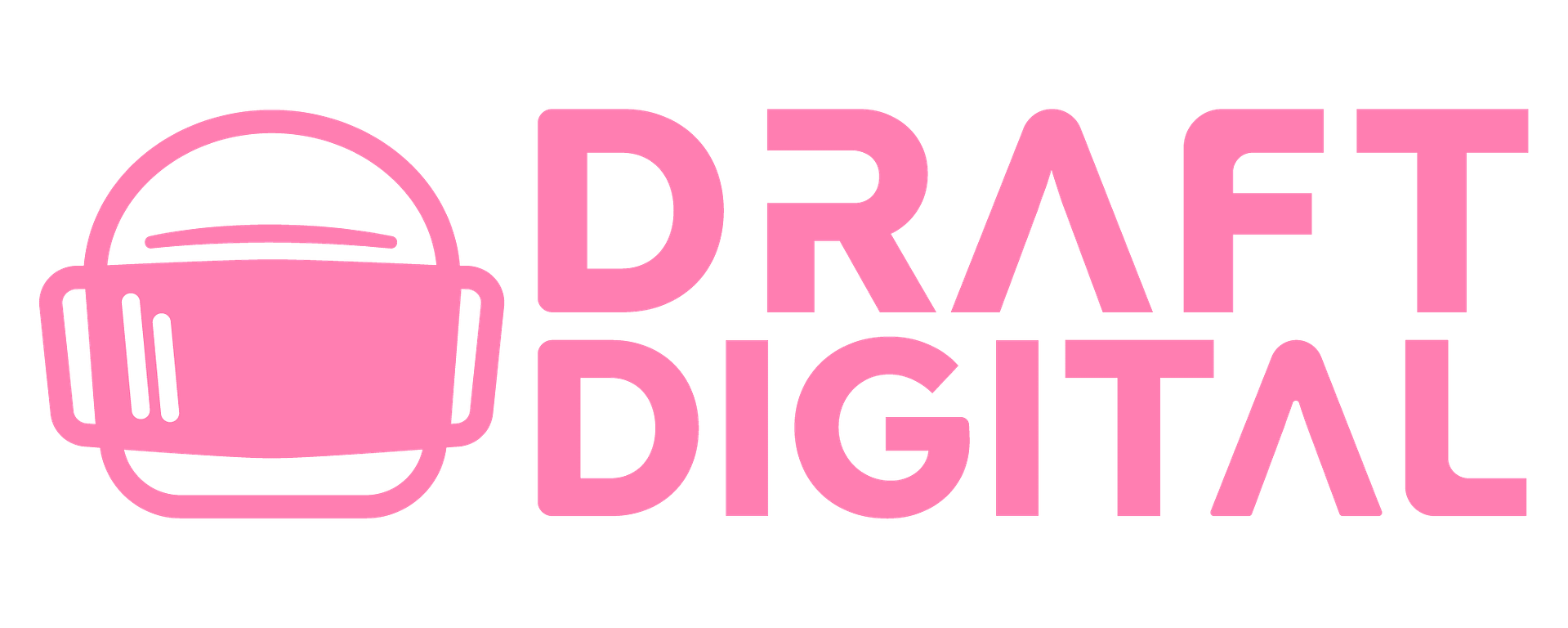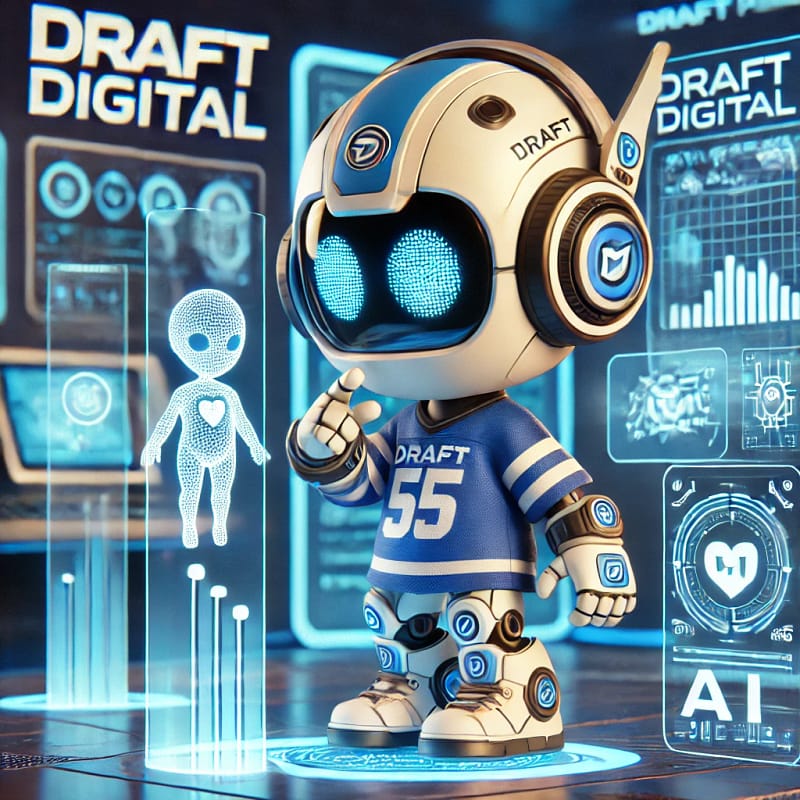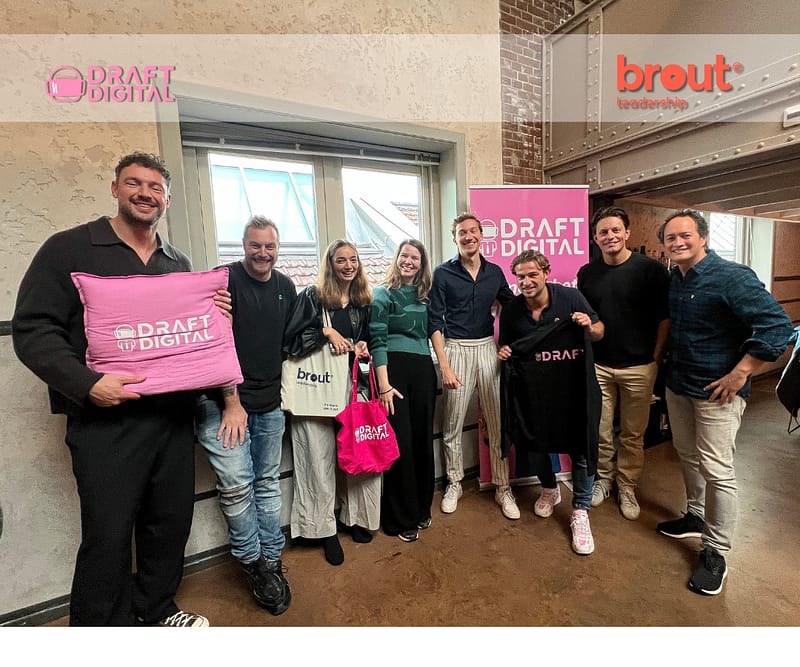Lately, we’ve noticed that AI is increasingly being used in daily operations. This is a very positive trend, as it’s an important shift. However, we also see that ChatGPT, Bard, and other generative AI tools are often mistaken for the entirety of AI. In reality, AI is an umbrella term referring to the ability of computers to perform tasks that normally require human intelligence.
Today, many technological advances fall under the umbrella of AI, including generative AI. In this blog, we’ll explore the difference between generative AI and AI, discuss the rise of generative AI, and explain why it’s worth using. We’ll also look at the impact it will have on media and marketing activities.
“Traditional” AI
Let’s start with AI in general. AI refers to algorithms and models designed to perform specific tasks based on pre‑defined rules, and it has been used for many years. These programs rely on massive amounts of data to identify patterns and make predictions. They can handle complex tasks and have long been used in digital marketing, for example, optimizing campaigns in platforms like Meta or Google.
In the past, it was critical for marketers to have deep channel expertise to optimize campaigns effectively. Today, it’s more common to be advised to buy media as broadly as possible. We also see this shift in the role of specialists, who are increasingly trained as generalists.
In this approach, the algorithms do the work, and the generalist monitors the results. In many verticals, this works well, but in others, the algorithm doesn’t always deliver the best results.
At Draft Digital, we believe in a mix of highly trained specialists combined with the right technology. We also recognize that broad media buying can be highly effective, but we’re convinced that adding data to media delivers better results — and that’s where deep expertise is needed.
Generative AI
Generative AI, on the other hand, aims to create new, original content that mimics human creativity. It uses advanced machine learning to learn from massive datasets and applies this knowledge to produce new data. This technology has been around for some time, but it really gained mainstream attention with the launch of ChatGPT in November 2022.
Generative AI can be used to create text, music, code, images, video, and much more. Its unique feature is that it can create something new based on its learnings, without relying on specific rules or instructions.
A key characteristic of generative AI is the concept of “unsupervised learning.” Unlike traditional AI, where input and output data must be clearly defined, generative AI can learn and operate from unlabeled data. This allows it to push boundaries and come up with entirely new ideas.
Applications of Generative AI
Generative AI has the potential to transform many industries. In marketing, it can help marketers create better content for their target audience. It can aid media strategists in generating more compelling creative ideas for clients, or help data marketers build more effective analyses, or even write better scripts.
Although generative AI offers promising possibilities, it also brings challenges, such as ethical considerations and the risk of misuse. It’s vital to approach its development and use responsibly to ensure it contributes to positive progress and doesn’t cause harm.
Looking at the evolution of AI and generative AI, it’s clear that generative AI is an exciting leap forward in the development of artificial intelligence. Its ability to create new content and unlock creative potential opens the door to fresh opportunities and innovations. While AI as a whole encompasses a broad range of applications, generative AI is the branch that invites us to move beyond mimicking human intelligence, allowing us to create something genuinely new and unique.
Adopting AI in Your Organization
Generative AI offers significant benefits for marketing organizations and can be a valuable tool for boosting campaign effectiveness. Our advice is to experiment with tools like ChatGPT and Bard. By leveraging generative AI, marketers can work more quickly and efficiently.
Moreover, generative AI allows marketers to test and iterate rapidly, making it easier to respond to changing trends. By embracing generative AI, marketing organizations can gain a competitive edge, boost productivity, and deliver more personalized and compelling experiences for their audiences. If you’d like help implementing AI within your organization, get in touch with us .







